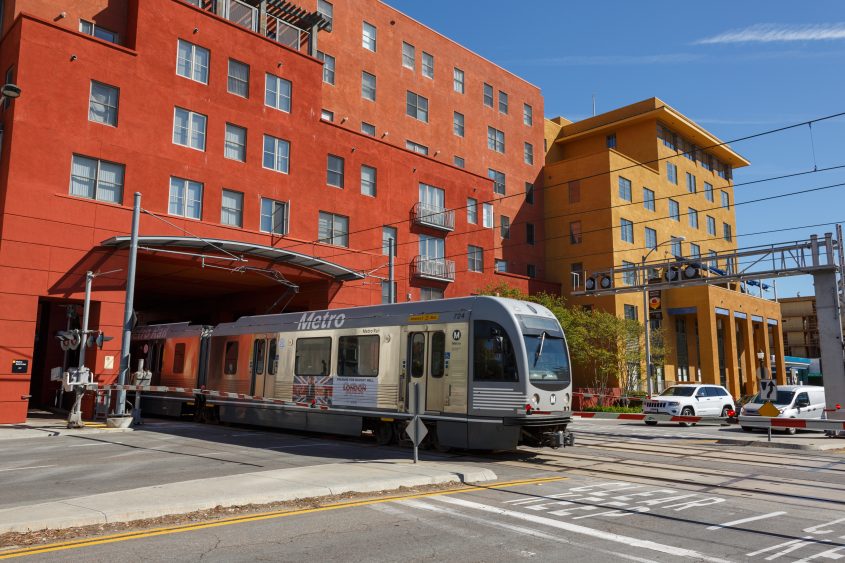
Lens, Manville Shape Discussion of How Housing Can Be Coupled to Transit L.A.’s future must accommodate a shift in housing concentrated not where transit lines used to run but where they go today — or will be soon
By Naveen Agrawal
With Metro spending billions of dollars in Los Angeles over the next few years and transit-oriented development seen as key to denser building, encouraging ridership and mitigating environmental issues, the Lewis Center for Regional Policy Studies hosted a panel on Feb. 20, 2019, around the topic of coupling more housing to transit.
Held in partnership with the UCLA Ziman Center for Real Estate as part of the Housing, Equity and Community Series, the event focused on some of the latest local and statewide developments. It featured a panel of professional and practicing experts moderated by Michael Lens, associate professor of urban planning and public policy at UCLA Luskin and associate director of the Lewis Center.
Framing the discussion was UCLA Urban Planning Associate Professor Michael Manville, who shared results from a recently released Lewis Center report on what a transit-oriented future might look like, focusing on five current — and two planned — Metro rail and bus stations. The report emphasized the impact that land use patterns can have on transit ridership and neighborhood quality, and it offered recommendations for future zoning scenarios.
Manville spoke of framing a narrative around two different transit and housing systems: what we have and what we want. Among the discrepancies between the visions is that much of the city’s housing is concentrated around where train stations used to be — not where they are today.
Arthi Varma, deputy director of the city’s planning department, shared some of the early results of its Transit Oriented Communities (TOC) Affordable Housing Incentive Program. Created in November 2016 by voter approval of Measure JJJ, the TOC program is a local-density program available within one-half mile of major transit stops.
In 2018, its first full year of implementation, half of all applications for new dwelling units were filed under the TOC program, Varma said. Of the applications received since the program has been active, 18 percent (2,377 out of 13,305) are affordable units. The Planning Department issues quarterly housing reports.
Laura Raymond, director of the Alliance for Community Transit, shared her perspective on the development of the TOC program. In particular, she emphasized that many low-income communities surveyed by her organization expressed strong preference for increased density.
From a community organizing perspective, this issue is one that spans transit and housing, Raymond stressed, but discussion is also needed around labor markets and the types of jobs created near transit — as well as environmental justice.
Elizabeth Machado, an attorney at Loeb & Loeb, LLP, provided an overview of the factors that make it difficult to build in Los Angeles, which include the high price of land, zoning limitations and political challenges. The state has delegated most planning and zoning issues to localities, Machado said, but she noted the introduction of SB 50 as a move by Sacramento to accelerate local governance or force action from the top down.
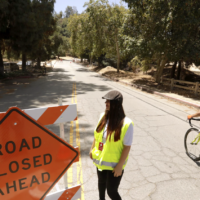

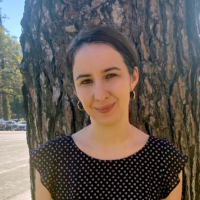
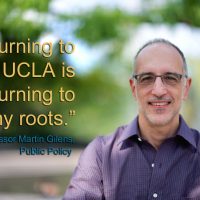

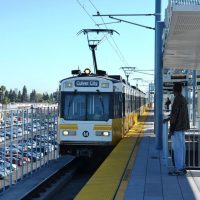


Leave a Reply
Want to join the discussion?Feel free to contribute!